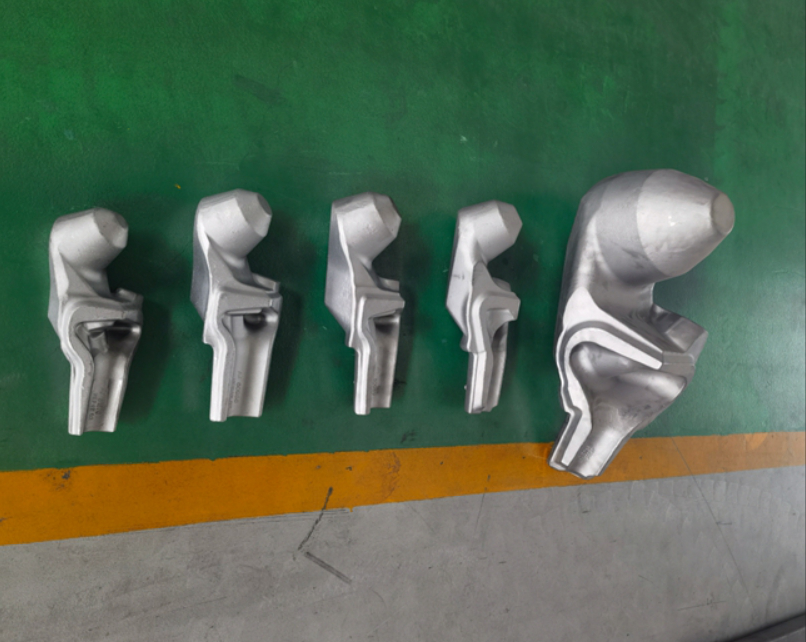Drill bits used in resource extraction and geological exploration are subjected to some of the harshest operational conditions in the industry. To meet the performance demands of deep drilling environments, particularly in hard rock formations or deep wells, the steel material used for producing these drill bits must exhibit exceptional metallurgical characteristics. From material cleanliness to mechanical properties, each step in the production chain plays a vital role in determining the final product’s reliability and service life.
Understanding the Metallurgical Requirements
Steel bars intended for drill bit production must begin with a well-defined chemical composition, tailored to meet application-specific demands. Elements such as carbon, manganese, chromium, and molybdenum are carefully balanced to ensure a mix of hardness, toughness, and hardenability. Minor variations in chemical composition can significantly influence heat treatment outcomes and impact resistance, making material consistency a top priority.
Another critical factor is the steel’s internal integrity, which is evaluated through low magnification macrostructural examination. Acid-etched cross-sections of billets are inspected for large-scale flaws like shrinkage cavities, cracks, or delaminations that could compromise the mechanical integrity of the finished tool.
In addition, the steel’s non-metallic inclusion content must be tightly controlled. Inclusions, if present in large quantity or unfavorable shapes, can lead to premature fatigue failure or reduced machinability. Using optical microscopy and rating techniques, manufacturers can assess the cleanliness of steel and ensure it meets strict acceptance levels.
Grain size, particularly austenitic grain size prior to transformation, has a direct correlation with a material’s mechanical response and fatigue behavior. A finer grain structure (Grade 6 or finer) typically contributes to better toughness and uniform heat treatment response. Similarly, controlling banded structureshelps avoid anisotropy in mechanical performance, particularly when the product will be exposed to multi-axial stresses.
Optimizing the Production Route
To meet these demanding requirements, a robust and tightly controlled production route is essential. For this application, the selected process typically includes electric arc furnace melting followed by refining techniques such as ladle furnace (LF) treatment and vacuum degassing (VD) to remove impurities and dissolved gases. The steel is then continuously cast in a vertical format to ensure uniform solidification and minimize segregation.
Annealing of the cast billets ensures homogenization before hot rolling, which further refines the microstructure and enhances the mechanical properties. Post-rolling operations such as skinning (scarfing), ultrasonic inspection, and dimensional cutting ensure that only defect-free bars proceed to final testing and storage.
Inspection and Quality Monitoring
To verify that segregation, especially of carbon, remains within acceptable limits, sampling and chemical analysis are performed post-annealing. By analyzing carbon distribution across the billet’s radius at multiple points, manufacturers can generate a segregation curve and assess the casting uniformity.
Mechanical testing is typically carried out on specimens cut from the mid-radius of rolled bars. Properties such as yield strength, tensile strength, elongation, and impact energy must align with industry standards and client specifications to guarantee in-service performance.
In conclusion, producing steel bars for drill bit manufacturing requires an intricate balance of material science, process control, and rigorous quality assurance. Only by maintaining strict adherence to metallurgical standards at every stage—from melting and casting to final inspection—can manufacturers deliver forgings that withstand the extreme conditions of drilling operations.
Post time: Jun-19-2025





